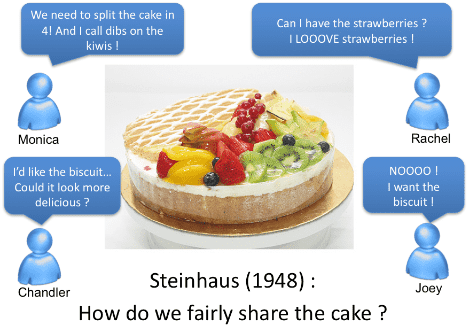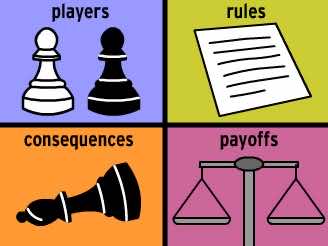Artificial Intelligence is making remarkable strides in recent years with algorithms powerful enough to understand and interpret socio-economic conditions and is the talk of the day. One of the most important of these problems was first presented in late twentieth century regarding fair division which involves dividing a set of goods or resources fairly among a group of people who have a unique entitlement to them. The goods have to be distributed fairly keeping in mind the unique condition of each recipient or else, the system won’t work. For example, in a kid’s birthday party, the slices of cake need to be cut in a perfect manner or else some of the children will feel inferior to others. This field of Mathematics is called the Game Theory and involves the use of advanced techniques to make proper allocations and help in conflict resolution.

Haris Aziz, a researcher from Pakistan, had already been included in the top ten names in the field of Artificial Intelligence by IEEE for his work on computational Social Science when he began to solve the iconic problem in the Game Theory. The problem states that we have to find a solution for the distribution of an object in an “n” number of agents, let’s say four. Mr. Aziz’s solution proved valid for 4 to 203 cuts of the cake, and they did it for any infinite number of agents as well.

Professor Steven Brams of New York University has worked on such problems for more than 20 years, and he has claimed that this work could be the next big breakthrough in this field and help transform the subject from relative obscurity into the public’s very eyes. The paper itself is yet to be reviewed by the peers, but the community is already abuzz with its diverse applications including solving conflicts among nations like the US-Iran deal, Camp David Accords between Israel and Egypt and so on.
This accomplishment will lay the ground work for further studies in conflict resolution, Mathematics and Artificial Intelligence itself.


